Politics
Raila’s Strategic Appearance at Executive Retreat With Ruto Signals Deepening Role in Broad-Based Government
Odinga’s arrival at the retreat’s closing session drew immediate attention, with President Ruto notably addressing him as “Baba”—a term of endearment and respect that signals their deepened political partnership.
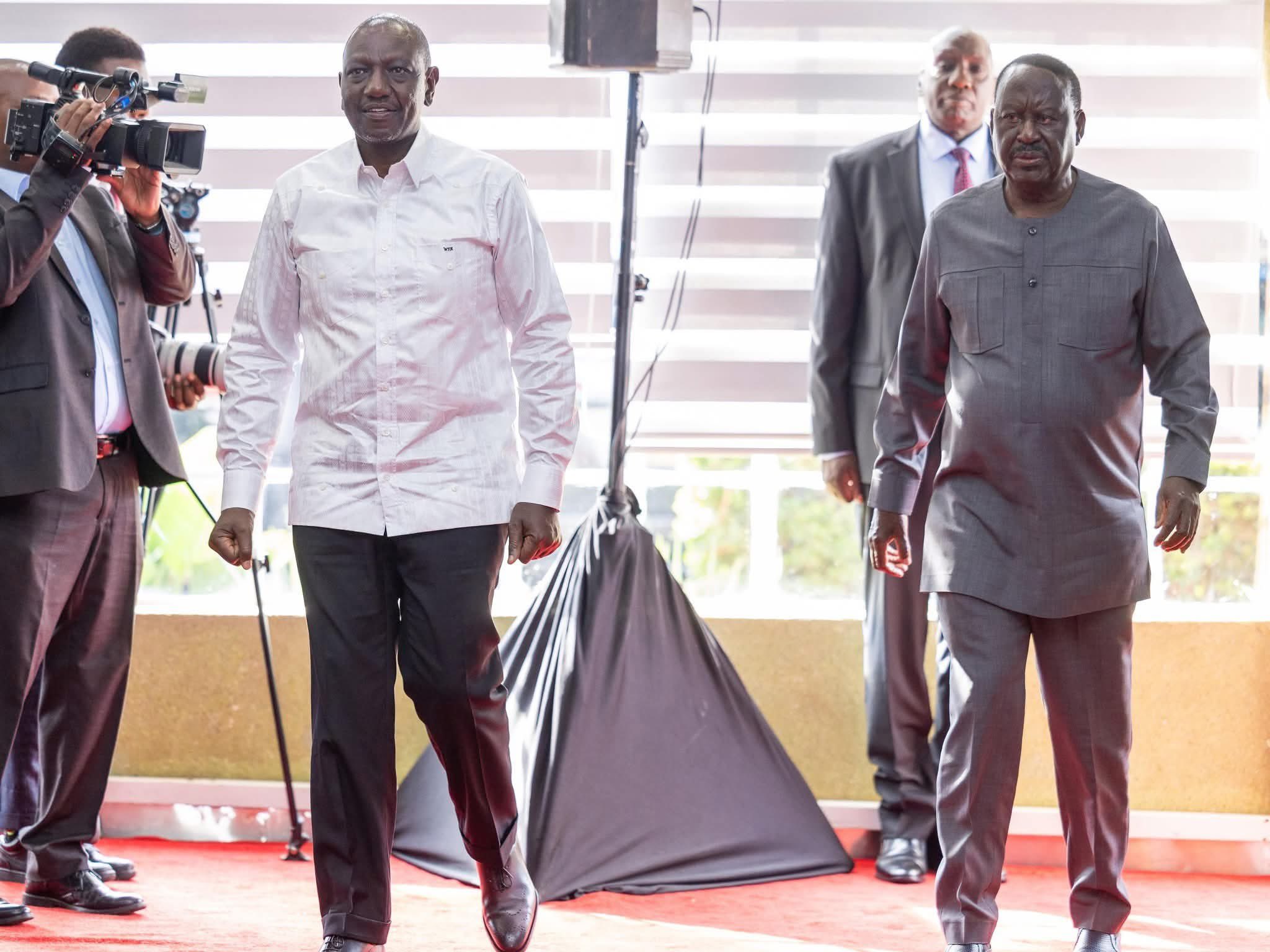
Opposition veteran Raila Odinga’s conspicuous appearance at the final day of President William Ruto’s National Executive Retreat on Friday marked a defining moment in Kenya’s evolving political landscape, underscoring his growing executive influence within the broad-based government arrangement.
The former Prime Minister’s presence at the KCB Leadership Centre in Karen, where he joined Cabinet Secretaries, Principal Secretaries, and top government officials, represented more than ceremonial participation—it was a calculated display of his integral role in Ruto’s administration amid mounting economic and political pressures.
Odinga’s arrival at the retreat’s closing session drew immediate attention, with President Ruto notably addressing him as “Baba”—a term of endearment and respect that signals their deepened political partnership.
f3cf6a08-af38-4b59-8ddb-5b87cb050cd9
This public display of camaraderie comes as both leaders navigate criticism over their alliance, which has fundamentally altered Kenya’s political dynamics.
The timing of Raila’s participation is particularly significant.
While he was absent from Thursday’s opening session, his strategic appearance on the final day—when policy directives and performance targets were expected to be announced—demonstrates his position as more than an outside advisor but rather as a key stakeholder in government decision-making.
The broad-based government arrangement emerged from political crisis, with Ruto’s popularity dwindling following protests that forced him to join forces with Odinga to stabilize his administration.
This partnership, formalized through a cooperation agreement between the ruling United Democratic Alliance (UDA) and Odinga’s Orange Democratic Movement (ODM), has seen several ODM members appointed to senior government positions.
President Ruto has consistently defended the arrangement, recently describing it as “God-sent” and emphasizing that “genuine transformation demands difficult decisions and broad political goodwill.” However, critics view it as elite accommodation rather than genuine reform.
The retreat itself focused on Kenya’s struggling economy, soaring unemployment, and growing public frustration over issues including police brutality and lack of transparency.
During Thursday’s session, President Ruto unveiled ambitious plans including the construction of 1,600 science laboratories in public secondary schools and mandated the use of the eCitizen platform for school fee collection to enhance transparency.
“We cannot afford to fail Kenyans. This retreat is not a holiday, it’s a commitment to recalibrate and deliver,” Ruto declared, setting an urgent tone that made Raila’s endorsement through his presence all the more valuable.
Despite their current collaboration, Odinga has maintained that ODM will contest the 2027 elections, stating during a recent event that “during electioneering, ODM will also contest.”
This positions the current arrangement as temporary cooperation rather than permanent merger, adding complexity to their relationship.
Raila’s retreat appearance serves multiple political purposes: it reinforces his relevance in national governance, validates the broad-based government concept to his supporters, and provides him with insider access to government policy-making that could benefit his party’s future electoral prospects.
Throughout his political career, Odinga has positioned himself as a national dialogue facilitator, and his retreat participation reinforces this narrative.
His expected closing remarks focusing on national unity, improved public service delivery, and inclusive governance align with his self-styled role as a bridge-builder in Kenya’s often polarized political environment.
The presence of key government figures including Deputy President Kithure Kindiki, Prime Cabinet Secretary Musalia Mudavadi, Attorney General Dorcas Oduor, and Head of Public Service Felix Koskei alongside Raila demonstrates the broad-based government’s operational reality beyond mere political rhetoric.
Raila’s executive-level participation raises questions about the constitutional framework governing such arrangements.
While Kenya’s constitution provides for coalition governments, the current setup operates through party agreements rather than formal constitutional mechanisms, creating ambiguity about decision-making authority and accountability structures.
The optics of Odinga participating in what is essentially a cabinet retreat, despite holding no official government position, signals a level of integration that goes beyond traditional opposition-government cooperation.
As President Ruto prepares to announce new policy directives and performance targets following the retreat, Raila’s endorsement through his participation provides crucial political cover.
With the administration facing mounting pressure over economic performance and governance issues, having Kenya’s most prominent opposition figure publicly aligned with government initiatives offers valuable legitimacy.
However, the sustainability of this arrangement remains questionable given the competing electoral ambitions of both leaders and their parties.
Raila’s strategic appearance at the executive retreat may represent the high-water mark of the broad-based government concept, demonstrating both its potential influence and inherent limitations.
The coming months will test whether this executive-level cooperation can translate into tangible improvements for ordinary Kenyans or whether it remains primarily an elite political accommodation designed to manage immediate crises while preserving longer-term electoral options for both leaders.
Kenya Insights allows guest blogging, if you want to be published on Kenya’s most authoritative and accurate blog, have an expose, news TIPS, story angles, human interest stories, drop us an email on [email protected] or via Telegram
-

 Business4 days ago
Business4 days ago‘They’re Criminals,’ Popular Radio Presenter Rapcha The Sayantist Accuses Electric Bike Firm Spiro of Fraudulent Practices
-
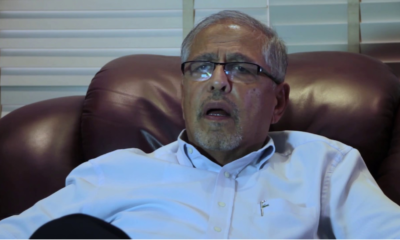
 News1 week ago
News1 week agoTemporary Reprieve As Mohamed Jaffer Wins Mombasa Land Compensation Despite Losing LPG Monopoly and Bitter Fallout With Johos
-

 Sports1 week ago
Sports1 week ago1Win Games 2025: Ultimate Overview of Popular Casino, Sports & Live Games
-
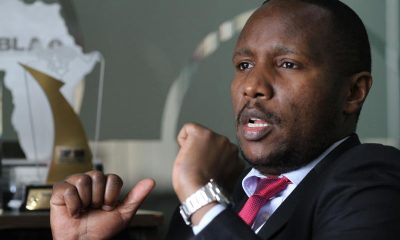
 Investigations1 week ago
Investigations1 week agoFrom Daily Bribes to Billions Frozen: The Jambopay Empire Crumbles as CEO Danson Muchemi’s Scandal-Plagued Past Catches Up
-

 Business1 week ago
Business1 week agoHass Petroleum Empire Faces Collapse as Court Greenlights KSh 1.2 Billion Property Auction
-
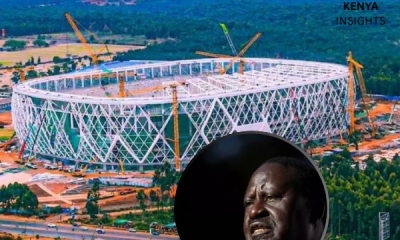
 Investigations4 days ago
Investigations4 days agoDisgraced Kuscco Boss Arnold Munene Moves To Gag Media After Expose Linking Him To Alleged Sh1.7 Billion Fraud
-
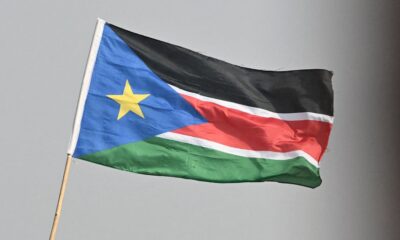
 Africa3 days ago
Africa3 days agoDisgraced Oil Trader Idris Taha Sneaks Into Juba as Empire Crumbles
-
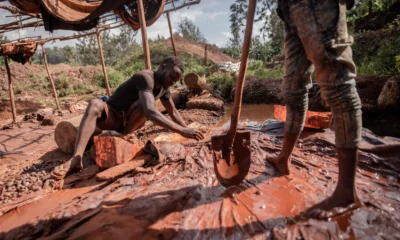
 News1 week ago
News1 week agoShanta Gold’s Sh680 Billion Gold Discovery in Kakamega Becomes A Nightmare For Community With Deaths, Investors Scare


















